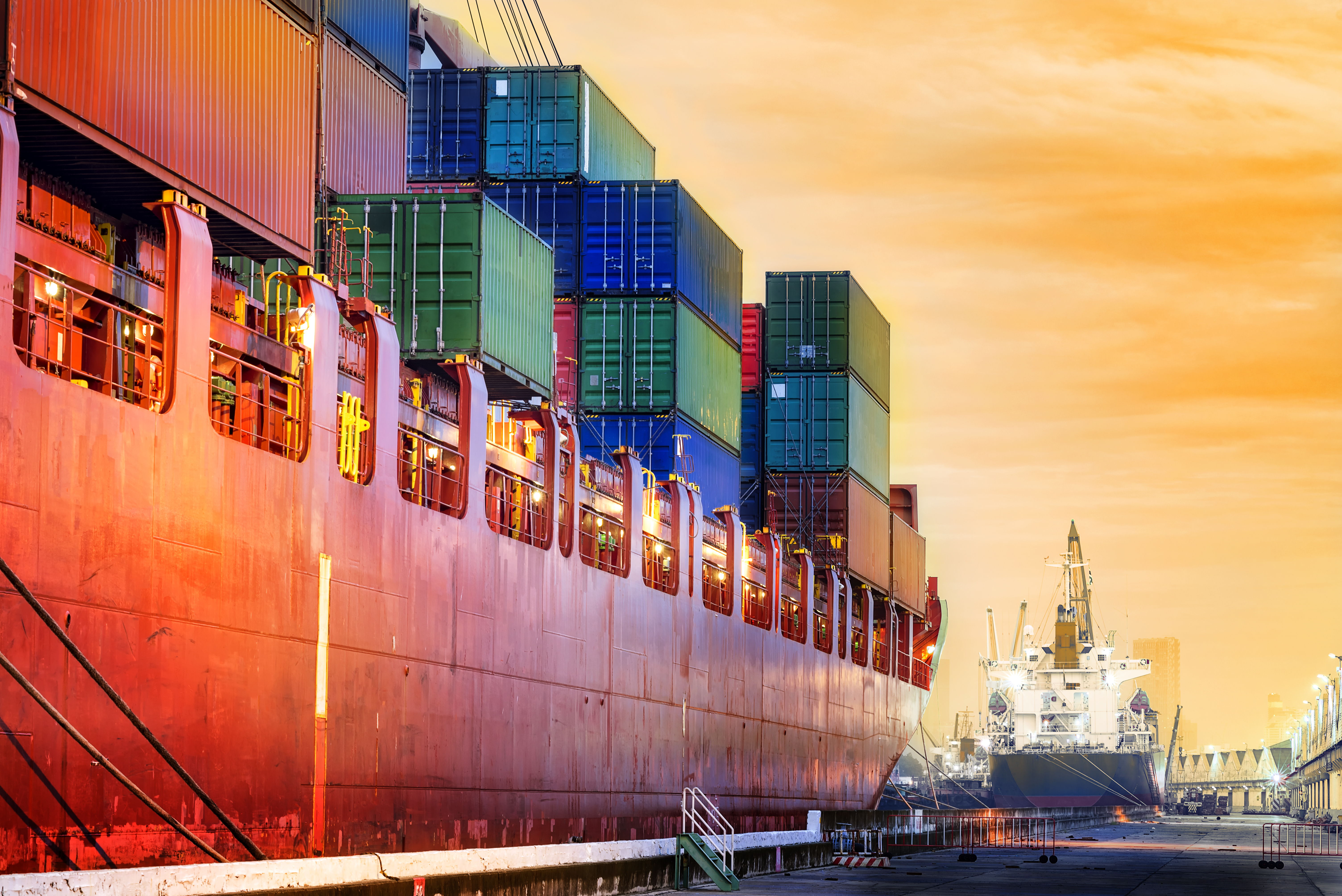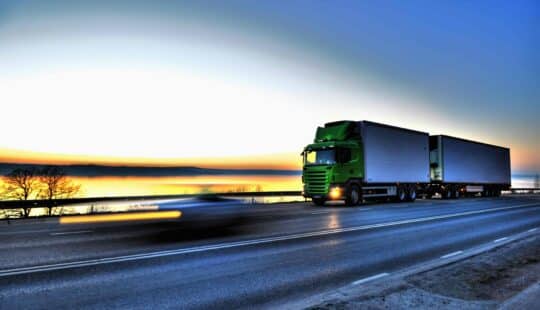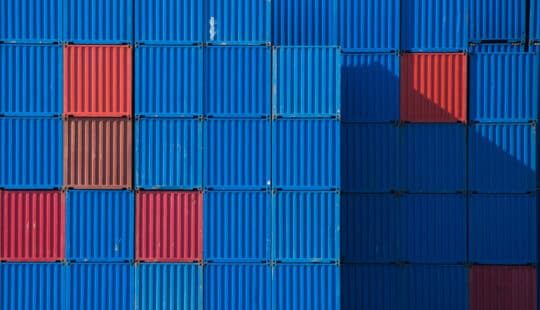Two years ago, most people had never heard of supply chain. Today, it’s on the front page of practically every newspaper and website in the world. It’s one of the hottest topics at most executive and board meetings, as businesses look for ways to put their products in the hands of their consumers as fast as possible, at the right place, and at the right price.
Fact is, supply chains are at an inflection point right now. And that’s not a bad thing, because it could just be the catalyst that many enterprises – and indeed, entire sectors – need to create agile, digitally autonomous, sustainable supply chains.
New research by SAP and Regina Corso Consulting highlights the elevated role of procurement in navigating global supply chain disruptions, with nearly half (49%) of supply chain professionals saying shortages and disruptions are keeping them up at night.
Supply chain reliance is more than just productivity, operational efficiency and savings. It is about time to market, and connecting your services to your consumers in an age when customers want things in hours, not days or weeks.
There are two separate, but related, issues at play here. One, there’s chaos in our global supply chains at the moment, which is causing huge delays in the flow of raw materials and products. Ships are queuing up in their droves outside major ports. Consumers want to buy goods over the holiday shopping season, and they’re either not available or on a long lead time. They’re trying to buy new cars, and are having to wait six months because of the global microchip shortage. As a result, everything’s getting expensive.
It doesn’t have to be this way. We at SAP have been talking for years about the importance of digital transformation, and preparing for the unexpected. Companies that are running what we call the intelligent enterprise have emerged as winners because they’re able to connect their business company digitally to their trading partners and suppliers all over the world.
Suppliers and trading partners can collaborate online with buyers; predict demand versus capacity to improve supply chain performance; allow consumers to get immediate confirmation on an order based on current inventory; and track shipments in real time, among other benefits.
If they have a supply chain control tower, they can track their supply chain on one big screen, checking on thousands of data points only for supply chain and procurement. They can connect orders to stock that is available, and can serve their customers at a time when the whole supply chain is under stress. They can use predictive technologies and AI to forecast demand and prepare capacity like stock and inventory.
The second big issue is a buzzword that’s on everybody’s lips right now: Sustainability. Whether I’m in the Middle East, Italy or Spain, it’s the number one topic in practically every meeting. But here’s the thing. Most companies talk a lot about what they’re doing in the sustainability space – but they’re often only addressing 10% of their footprint. 90% of their carbon footprint comes from the supply chain, and they’re not doing anything about it.
They’re being asked by their customers to not only provide the carbon footprint of their products, but to show what they’re doing to reduce that footprint. They shred and recycle paper and have LED lights in their offices, but these initiatives aren’t enough to make a real impact on the ‘green line’.
Part of the problem is that while sustainability is top of mind in most companies, few have the visibility and processes in place across the supply chain to make a meaningful difference. Deloitte’s Global 2021 Chief Procurement Officer Survey found that only 18% of chief procurement officers were tracking their risks, and only 15% had full visibility into their supply chains.
We know that 80% of consumers are willing to pay a premium if they know that the product comes from a renewable source and promotes fair labour practices. VEJA has become a sneaker fashion brand that everyone wants to wear because it stands for sustainability on every single part of the sneaker.
But half of all companies don’t even have a sustainability plan. And even though 90% of an enterprise’s emissions come from their supply chains, they can’t do anything about it, because their supply chain is not digitally connected, and they can’t collaborate with their suppliers and trading partners.
Connected businesses can manage their organisations not only by top line and bottom-line financial measures, but also their green line. They don’t only know their own carbon footprint, but that of their suppliers – and those suppliers are being rewarded for better compliance to sustainability measures. Suddenly, the entire supply chain is effectively being incentivised to become not only more agile and efficient, but more sustainable too.
Clean energy company Iberdrola proactively tracks sustainability on its 30,000 suppliers, using its purchasing power to do good for the planet by influencing its trading partners’ commitment to reduce emissions and be green.
The bottom line is that a great deal of our global carbon footprint is associated with supply chain processes. But these processes can be changed to make the supply chain part of the solution. And in the process, we can build a supply chain that uses data, connectivity, and emerging technologies to improve real-time insight and automate the entire end-to-end supply chain. Who knows, we may even end up getting our Black Friday goods before the end of the year.



